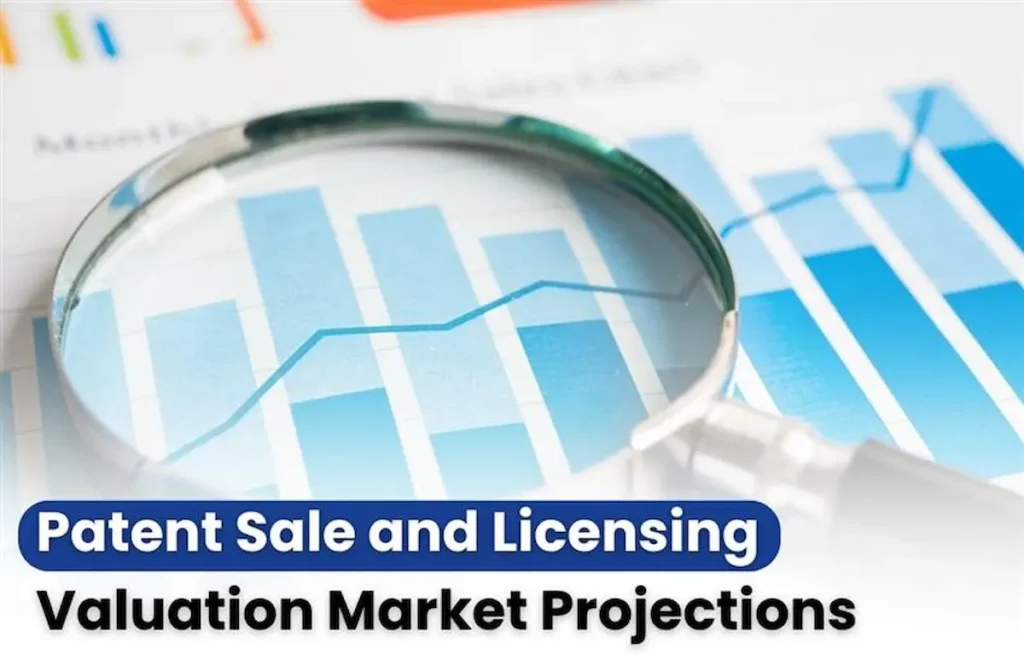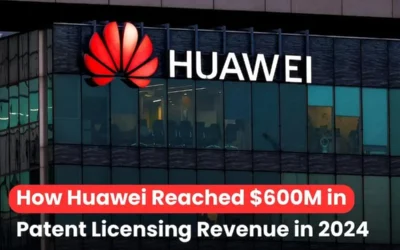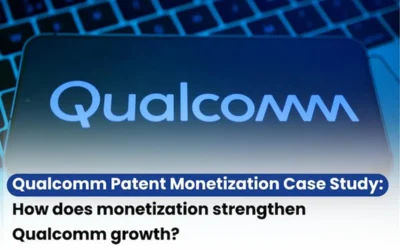
Patent valuation is the process of figuring out how much a patent is actually worth based on the technology behind it, how big the market is, and how much potential it has to make money. There are many ways to monetize a patent, but the two most popular ones are patent licensing and selling. These are completely different business models, and each requires its own type of valuation to understand the patent’s real financial value. In this article, we’ll break down what patent sales and licensing valuations really mean and why they’re becoming such a big deal in today’s tech-driven world. Keep reading to learn more.
Why Are Patent Licensing and Selling Valuations Important to Know?
Before we dive into the actual methods used to value patents for licensing and selling, it’s important to understand what these two types of valuations really mean. Patent licensing valuation and patent selling valuation might sound similar, but they’re completely different.
Licensing valuation is all about figuring out how much a company should earn by letting others use its patented technology—usually through royalties or licensing fees.
Selling valuation, on the other hand, is about finding the one-time price someone should pay to buy the patent outright.
Both types of valuation matter because they help businesses decide the best way to make money from their inventions, depending upon the needs of the investor, whether that’s consistent income through licensing or a big upfront payout through a sale. But this is not as easy as it seems; the tricky part is that patent valuation is hard. A patent’s worth depends on so many factors, such as:
- market demand,
- competition,
- technical strength,
- legal risks, and
- even global trends.
If we look into deep we can see that each factor is dynamic, and since every patent is unique and real pricing data is rarely public, coming up with an accurate valuation takes deep expertise, careful research, and sometimes a bit of educated guesswork. Though the valuation is hard, it is possible with good strategies.
Read Also: Huawei Earns Over $600 Million From Patent Licensing in 2024
What Are the Main Methods Used for Patent Sale and Licensing Valuation Projections?
Now let’s look at the methods—or you could say the strategies—used to project the value of a patent, whether it’s for licensing or selling. When experts value a patent, they usually rely on three main approaches, such as:
- The first is the income method, which focuses on how much money the patent can realistically generate in the future. For licensing, that means estimating possible royalty income; for selling, it means figuring out the long-term earnings someone could make by owning the patent outright.
- The second method is the market approach, which compares the patent to similar deals that have happened in the past. This is helpful, but not always easy, because most patent deal data isn’t publicly available.
- The third method is the cost approach, where the value is based on how much it would cost to recreate the same invention from scratch. While this gives a baseline, it doesn’t always show the real earning potential.
By using these methods together, experts get a clearer picture of what a patent is truly worth—but the best method always depends on the tech, the market, and whether the goal is to license the patent or sell it completely.
Conclusion
Understanding patent sale and licensing valuation is essential for anyone looking to monetize or protect AI innovation in today’s tech-driven world. Whether a company chooses to license a patent for steady income or sell it for an upfront payout, knowing the true value of the IP is key to making smart decisions. With multiple valuation methods, shifting markets, and unique technologies, the process isn’t always simple—but getting it right can unlock major financial opportunities. As the global patent market continues to grow, solid patent valuation strategies will only become more important.









